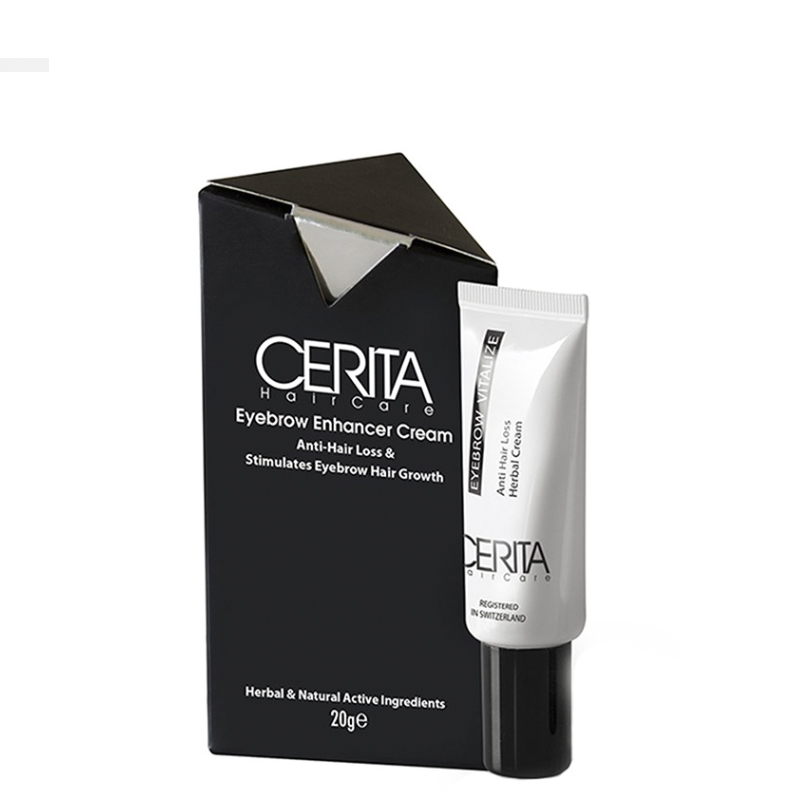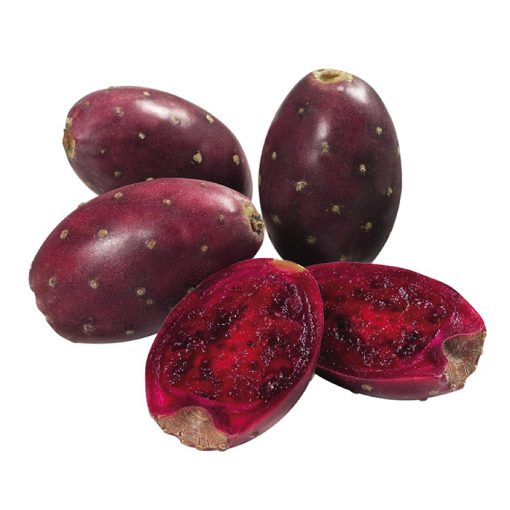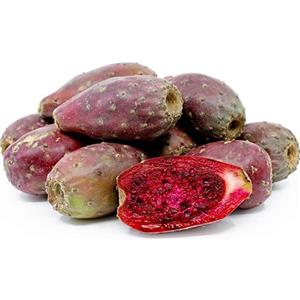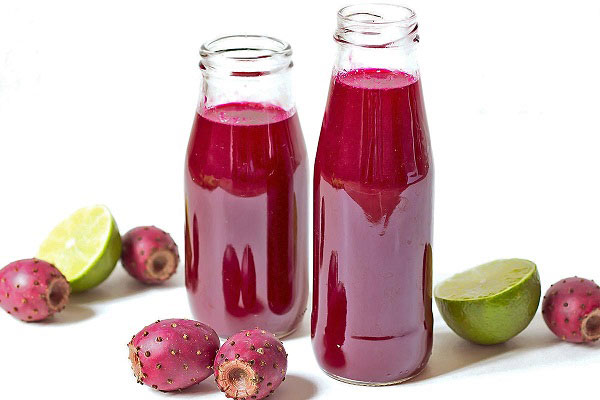In today's market, counterfeit products are becoming increasingly prevalent, posing significant challenges for consumers seeking genuine products. Among these products, skincare items like Kleon cream are particularly vulnerable to counterfeiting due to their popularity and high demand. Identifying the authenticity of such creams is crucial not only for ensuring efficacy but also for safeguarding one's health. This comprehensive guide aims to elucidate the methods and techniques for distinguishing between original and fake Kleon cream, empowering consumers to make informed decisions and protect themselves from fraudulent practices.

Understanding Kleon Cream
Kleon cream is a renowned skincare product recognized for its purported benefits in rejuvenating and nourishing the skin. Formulated with premium ingredients and backed by extensive research, genuine Kleon cream is highly sought after by individuals seeking effective solutions for various skin concerns, including aging, dryness, and blemishes.
Key Ingredients in Kleon Cream
Authentic کرم کلیون اصل و تقلبیtypically contains a blend of carefully selected ingredients known for their skin-nourishing properties. These may include hyaluronic acid, retinol, vitamin C, collagen, and botanical extracts. These ingredients work synergistically to hydrate, repair, and revitalize the skin, promoting a youthful and radiant complexion.
Challenges of Counterfeiting
The Proliferation of Counterfeit Products
The rise of counterfeit products presents significant challenges for both consumers and legitimate manufacturers. Counterfeiters often replicate the packaging, branding, and even the formulation of popular skincare products like Kleon cream, making it increasingly difficult for consumers to differentiate between genuine and fake items.
Health Risks Associated with Fake Products
Beyond financial losses, the use of counterfeit skincare products can pose serious health risks. Fake Kleon cream may contain harmful substances, undisclosed ingredients, or inadequate concentrations of active compounds, potentially causing allergic reactions, skin irritations, or long-term damage to the skin.
Methods for Identifying Original Kleon Cream

Scrutinizing Packaging and Branding
The packaging and branding of Kleon cream serve as initial indicators of authenticity. Genuine Kleon products often feature high-quality packaging materials, including sturdy boxes, labels with crisp printing, and embossed logos. Additionally, inspecting the product for spelling errors, inconsistent fonts, or irregularities in the logo can help identify counterfeit items.
Checking Product Codes and Batch Numbers
Authentic Kleon cream is typically accompanied by unique product codes and batch numbers, which can be verified through the manufacturer's official website or customer service channels. Consumers should cross-reference these codes to ensure consistency and authenticity, as counterfeit products often lack or display fraudulent codes.
Examining Texture, Scent, and Consistency
The texture, scent, and consistency of Kleon cream can provide valuable insights into its authenticity. Genuine Kleon cream tends to have a smooth texture, a subtle fragrance derived from natural ingredients, and a consistent formulation. Any deviations, such as an overly strong scent or a gritty texture, may indicate a counterfeit product.
Performing a Patch Test
Conducting a patch test is a prudent practice when purchasing skincare products, especially when authenticity is in question. Apply a small amount of Kleon cream to a discreet area of the skin and observe for any adverse reactions, such as redness, itching, or inflammation. If such reactions occur, discontinue use immediately and seek medical advice.
Seeking Authorized Retailers
Purchasing Kleon cream from authorized retailers and reputable sources significantly reduces the risk of encountering counterfeit products. Official distributors and licensed sellers adhere to stringent quality control measures, ensuring that consumers receive genuine products that meet the highest standards of efficacy and safety.
Conclusion
In conclusion, identifying original and fake Kleon cream requires vigilance, scrutiny, and a basic understanding of the product's characteristics. By familiarizing themselves with the packaging, ingredients, and quality indicators of genuine Kleon cream, consumers can make informed purchasing decisions and safeguard themselves against counterfeit skincare products. Additionally, seeking products from authorized retailers and conducting thorough inspections can further mitigate the risks associated with counterfeit items. Ultimately, prioritizing authenticity not only enhances the efficacy of skincare routines but also protects the well-being of individuals seeking to maintain healthy, radiant skin.
- ۰ ۰
- ۰ نظر





.jpg)
